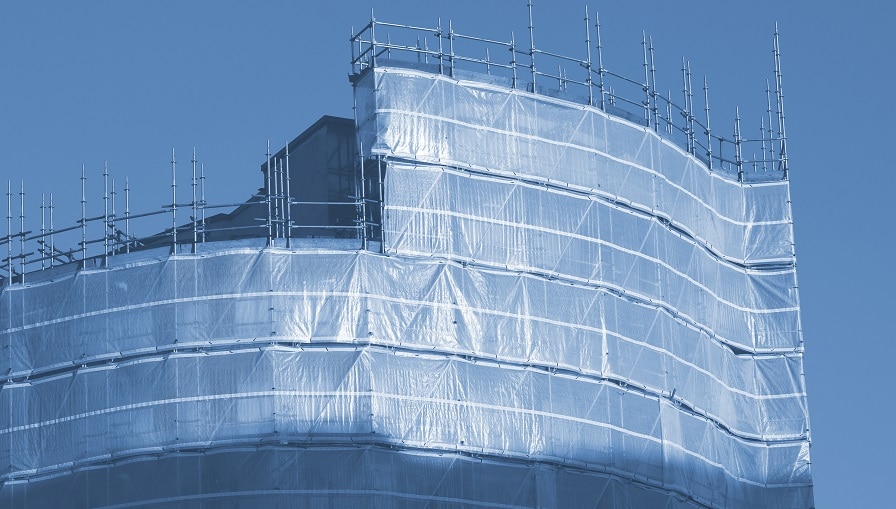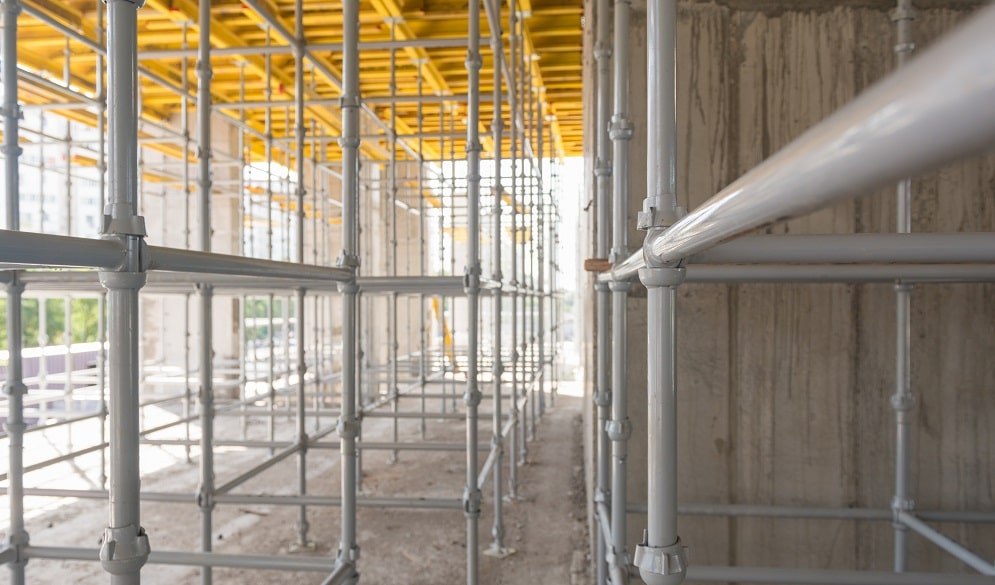When you work on construction sites, you are exposed to a lot of accidents and injuries. In fact, you are at a higher risk of workplace injury working on construction sites than people working in other industries. In the figures recently released by the HSE, it is reported that most workplace fatalities occur in the construction industry, with an average death rate of 30 every year. This is proof of the dangers faced by construction workers on worksites. While it is true that some injuries are less serious than others, it is vital to still protect yourself against injury. Compiled below are our 12 best tips on how you can avoid accidents and injury as a construction worker.
1. Keep away from operating machinery
It is very common for construction workers to gather around a single area in between shifts. This becomes hazardous if you stand close to working machinery. While no harm or injury will occur in most situations, preventing the risk of an accident is a smart move. Therefore, we suggest you stay away from operational machinery.
2. Inspect equipment and tools regularly
As a construction worker, you rely on your tools and equipment to effectively get your job done. You are at risk of injuries or accidents if you work with damaged or faulty tools and equipment. So, check your tools and equipment regularly to make sure they’re not faulty and won’t malfunction. It is part of your job to identify defective equipment and let the right people know about it.
3. Always have PPE on
Before commencing work, you should be outfitted in the relevant Personal Protective Equipment (PPE). Wearing the right protective equipment is a cheap and simple way to stay safe on construction sites. PPE is the last line of defence in case of an accident. At the barest minimum, your PPE gear should include safety footwear, gloves, eye protection, safety helmets and hi-vis clothing. Depending on what the job entails, you should also look into getting chemical suits and earmuffs for extra protection. The 1992 PPP at Work Regulations will provide you with in-depth information on the suitable protection clothing needed for construction work.
4. Do not use damaged equipment
It is never a good idea to use a damaged piece of equipment, as this will most likely do more harm than good. Many construction workers choose to use malfunctioning equipment just so they can get the job done. Unfortunately, worn-out parts like ropes, cables or harnesses are just accidents waiting to happen.
5. Always lift objects properly
Backaches and strains can be agonising for a construction worker. Backaches are painful and inconvenient because they affect your ability to do your job properly. To prevent such a scenario, you must bend your knees when lifting heavy objects. Remember not to twist from side to side. Also, holding one leg placed in front of the other is essential, so your body is balanced and you have more ground room to stand up from.
6. Report near misses and defects
If you notice a problem, it should not be ignored. We recommend that you report it to your boss immediately, so they can take the appropriate action promptly. On a construction site, the faster problems are resolved, the smaller the chance of an accident occurring.
7. Keep work areas neat
Keeping a construction site clean is easier said than done. However, the simple act of storing tools properly can reduce the risk of accidents. Dangerous chemicals being left open with no lids, loose nails on the floor, and other similar things can cause serious accidents. A simple brick can cause severe injury if you trip over it while carrying heavy or hazardous materials. For this reason, walkways must be free of obstructions at all times
8. Complete health and safety training
You must undergo the necessary health and safety training as a construction worker. Understand the risks associated with your daily tasks. This can be working at height or operating machinery in small spaces. Training on first aid and emergency treatment is also important for everyone on the site. As a construction worker, you can get a comprehensive set of skills from the NEBOSH construction certificate, a specially designed health and safety course. This course is among the best ways to prepare yourself for the dangers of working on construction sites.
9. Keep your first aid kit updated
If your first aid kit has not been updated in years, chances are what you have in it are expired drugs. Despite best made plans, accidents tend to happen on construction sites. It is therefore important you are always prepared with an updated first aid kit. Your first aid kit should contain the common painkillers, gauzes and bandages, ointments, disinfectants and so on.
10. Be careful when climbing off and on equipment.
One of the most common causes of accidents on construction sites are falls that happen when a construction worker is climbing off or on equipment. Falls can be avoided if you wear gloves and clean your boots before climbing work machinery. Gloves enhance your grip, and eliminating slippery substances like mud from your boots reduces your chance of falling. You should also consider using a three-point stance, which will prevent you from losing your footing. You shouldn’t overextend yourself; grab onto handles and never carry anything heavy during your climb up or down. Most importantly, avoid the temptation to jump down, as this can actually cause injuries.
11. Make use of technology
Technology is an essential part of the present world. Virtually every adult in the country has at least one smartphone. Smartphones come equipped with numerous applications with a variety of specialised functions. As such, smartphone applications like the StaySafe app help to make construction work and project sites safer. This app comes with panic buttons, as well as alerts and warnings that every construction worker will find handy. It is an excellent way to have someone monitoring your safety, while you work on site. The StaySafe app enables the sharing of risk assessment reports and project management.
12. When in doubt – ask
Don’t let the fear of looking stupid lead you into making errors. Even a tiny mistake on construction sites can be fatal. Make sure you seek help from a supervisor if you’re unsure about any issue. Avoid improvising, ask for directions and always use the correct procedures.














